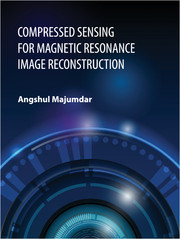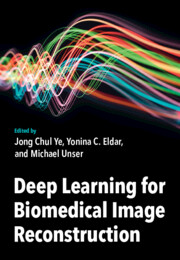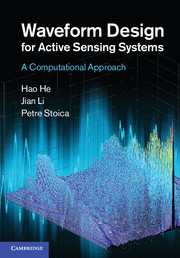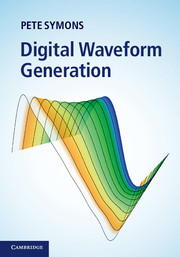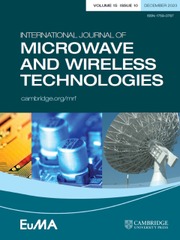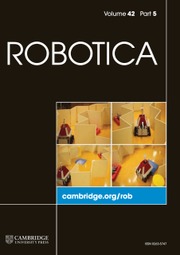Compressed Sensing for Magnetic Resonance Image Reconstruction
Expecting the reader to have some basic training in liner algebra and optimization, the book begins with a general discussion on CS techniques and algorithms. It moves on to discussing single channel static MRI, the most common modality in clinical studies. It then takes up multi-channel MRI and the interesting challenges consequently thrown up in signal reconstruction. Off-line and on-line techniques in dynamic MRI reconstruction are visited. Towards the end the book broadens the subject by discussing how CS is being applied to other areas of biomedical signal processing like X-ray, CT and EEG acquisition. The emphasis throughout is on qualitative understanding of the subject rather than on quantitative aspects of mathematical forms. The book is intended for MRI engineers interested in the brass tacks of image formation; medical physicists interested in advanced techniques in image reconstruction; and mathematicians or signal processing engineers.
- Discusses different ways to use mathematical techniques to solve compressed sensing problems
- Bridges the gap between theoretical aspects of compressed sensing and practical problems in MRI
- Discusses several problems in biomedical imaging (static and dynamic reconstruction for X-ray and CT) and biomedical signal processing (EEG/ECG reconstruction)
Product details
June 2017Adobe eBook Reader
9781316674284
0 pages
0kg
This ISBN is for an eBook version which is distributed on our behalf by a third party.
Table of Contents
- List of figures
- List of tables
- Foreword
- Preface
- Acknowledgements
- Color plates
- 1. Mathematical techniques
- 2. Single channel static MR image reconstruction
- 3. Multi-coil parallel MRI reconstruction
- 4. Dynamic MRI reconstruction
- 5. Applications in other areas
- 6. Some open problems
- Index
- About the author.

